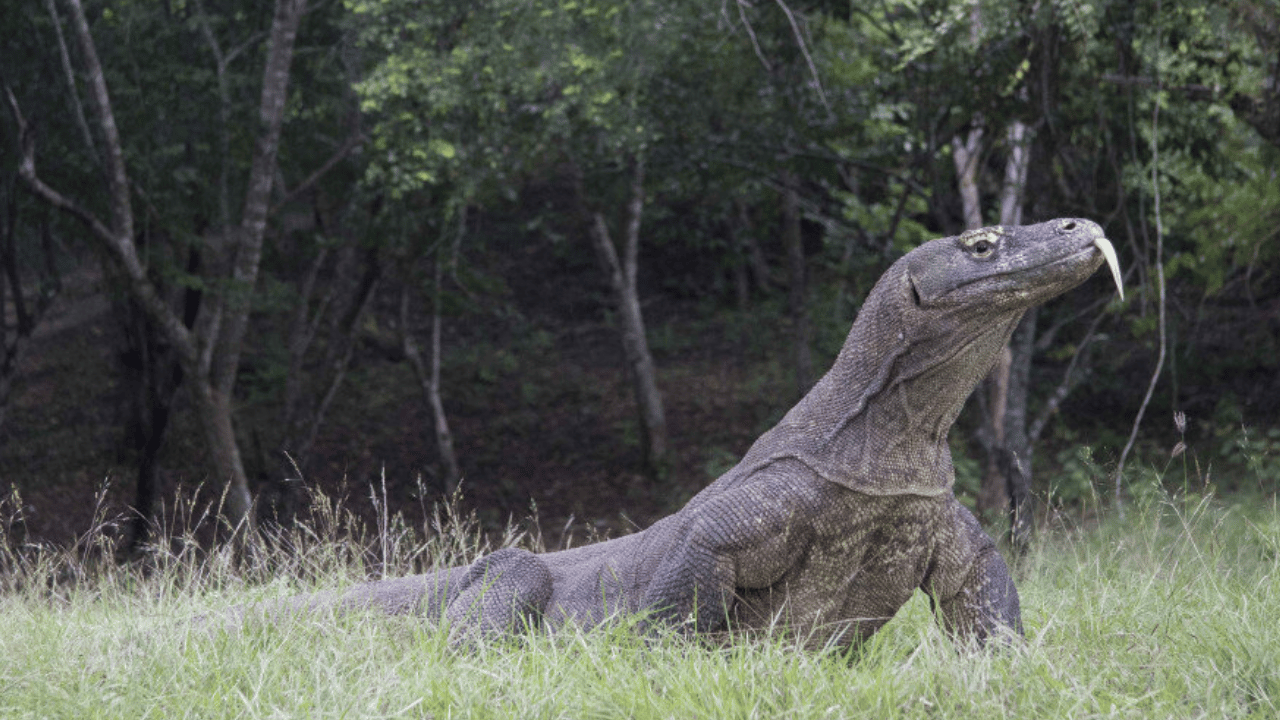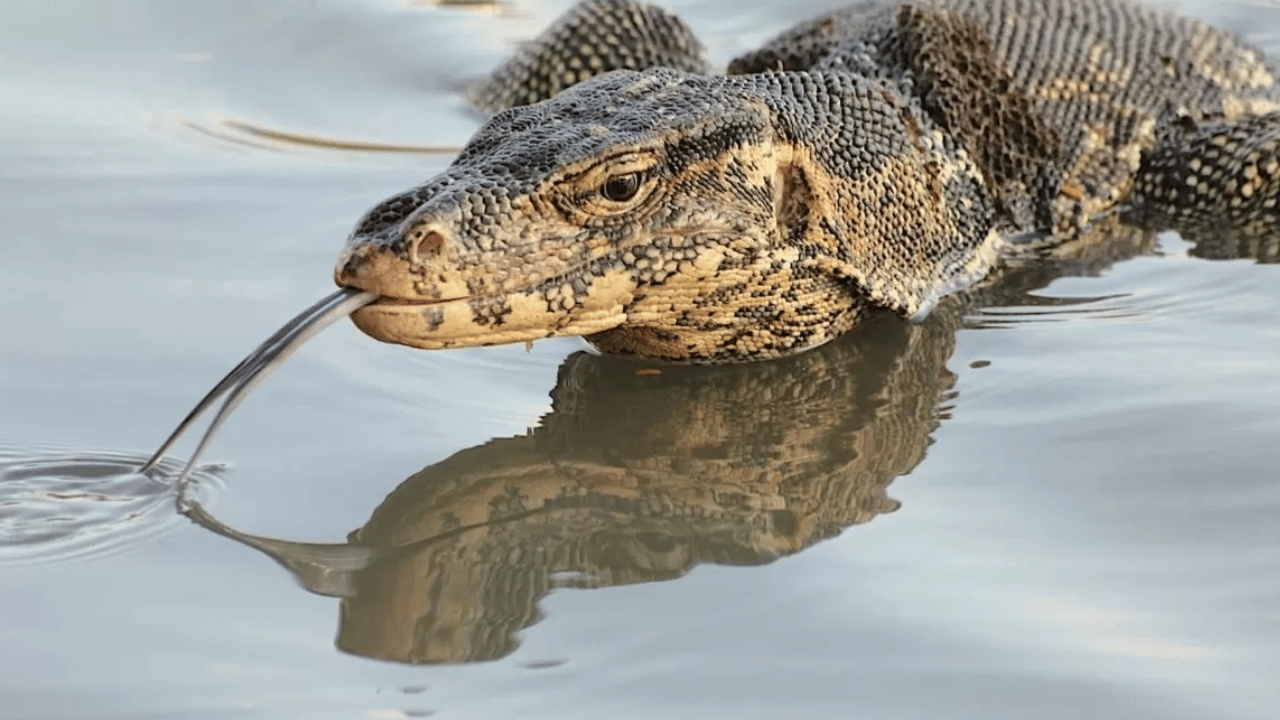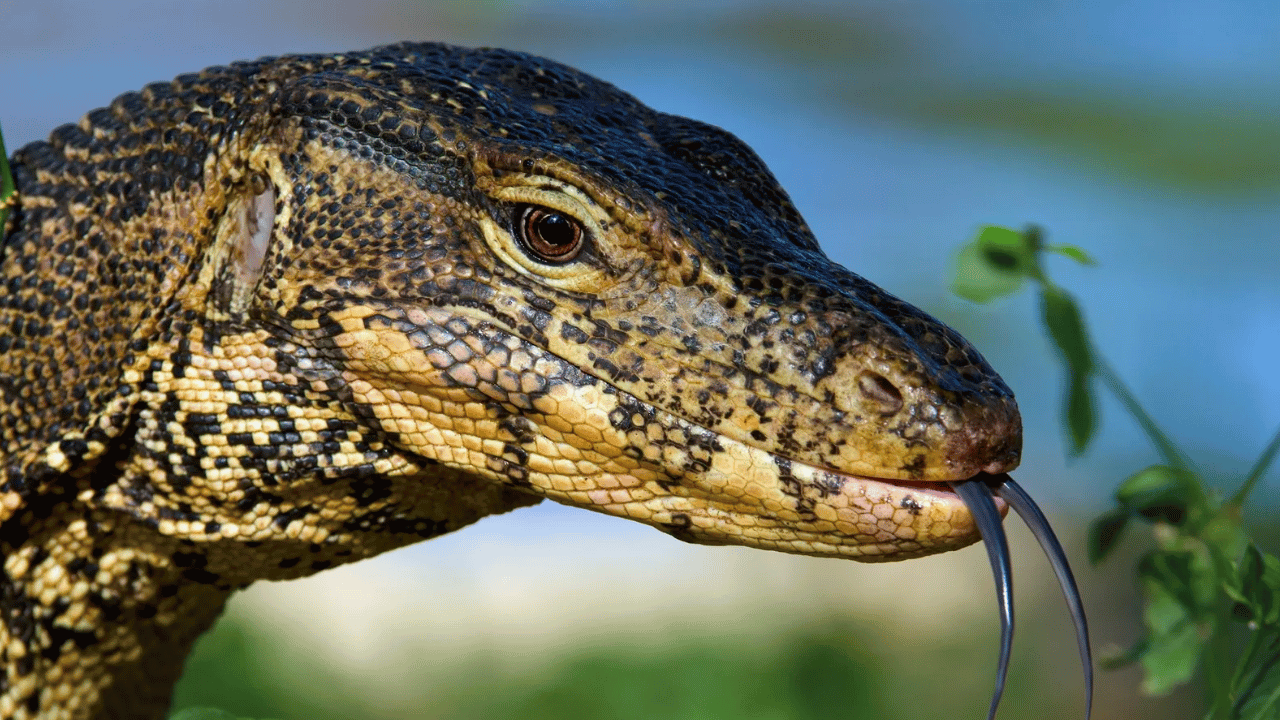Monitor lizard is a type of lizard that is characterized by its powerful tails and long claws. This ancient reptile can mostly be found in Africa, Asia, and Oceania. There are various genus and species spread across the globe. Each species has their own unique characteristic. So, in this article, we will look into some of those species and see what makes them unique from each other.
But, before we dive into this topic it is best that we understand more about the interesting facts about this reptile.
Biggest lizard on the planet
Monitor lizard is one of the biggest reptiles that exist on this planet. The maximum adult size varied between species. The length of adult monitor lizards ranges from 20 cm to over 3 m. Looking back at time, its predecessor called megalania can even reach the length of 7 m.

Monitor lizard vs Komodo dragon
Are Komodo dragons related to monitor lizards? Yes they are. Essentially, Komodo dragon is a monitor lizard. Komodo dragons are classified under the same family of Varanidae. What makes it unique is the fact that Komodo dragon is the biggest monitor lizard ever. In fact, Komodo dragon is the biggest lizard ever; with the adult length reaching 3 m.
Unique diets
Most monitor lizard species are carnivorous. Commonly, young monitor lizards choose invertebrates such as insects as their diets. When they reach the age of adulthood, the diet shifts into vertebrae. Commonly, adult monitor lizards consume reptiles, birds, fish, mammals and eggs. Although most of them are carnivorous, there are species of monitor lizards that eat fruits as well.
Invasive species
Monitor lizard can adapt to a wide variety of habitats. Do you remember that they can spread across Africa, Asia, and Oceania? This means that monitor lizards can be found in arid areas of the lush green rainforest. In terms of mobility, some various lizards are arboreal. Meanwhile, other species like water monitor lizard are semi-aquatic. It’s high adaptive capability also means that they are considered as invasive species.
High intelligence
Some species of monitor lizards are known for having a high level of intelligence. A study in 1999 by Dennis King and Brian Green shows that Nile monitor lizards are able to cooperate when looking for food. When hunting for a crocodile egg, one lizard will act as a decoy to lure the crocodile away from the nest. The other lizard will dig up the nest to expose the eggs.
Protection status
According to the IUCN Red List of threatened species, most monitor lizard species are categorized as least concerned. Therefore, trade of monitor lizard is still allowed in most countries. However, there are five species of monitor lizards that have been banned from international trade. Five of them are V. bengalensis, V. flavescens, V. griseus, V. komodoensis, and V. nebulosus.
Wide variety of species

Monitor lizard came from the family of Varanidae. There are currently about 80 identified species that spread around the globe. All of which are classified under various 11 subgenus. Each species of monitor lizard has their own characteristics and traits. They’re also different in color as well, making them even more unique to each other. Some of the unique species of monitor lizards are:
A. Varanus bitatawa
Varanus bitatawa or Northern Sierra Madre forest monitor is a native species of Asian monitor lizard from the Philippines. The maximum size of this species is 2 m in length. However, they weigh only about 10 kg. Their lightweight body is the result of their living condition. V. bitatawa is an arboreal lizard. This means that they spent most of their lives on top of a tree.
They commonly have brown colored skin with yellow spots. Another unique thing about this monitor lizard is their diet. While most monitor lizards are carnivorous, V. bitatawa is herbivorous. Their primary diets consist of fruits from pandan palm trees.
B. Varanus macraei
The blue-spotted tree monitor lizard is a native species on the tiny island of Batanta, Indonesia. The lizard’s geographic distribution is widely considered as the smallest of any monitor lizard distributions. Therefore, marking their status as endangered species. The adult male blue spotted monitor could reach the length of 1.1 m, while the female tends to be shorter.
The distinctive characteristic of this monitor lizard is the bright blue spots on its dark-skinned body. Like V. bitatawa, Varanus macraei spend most of their life on top of trees to avoid predators. Their diets mostly consist of insects, smaller lizards, small eggs, and the occasional berry.
C. Lanthanotus borneensis
The earless monitor lizard is a lizard species native to the island of Borneo. Despite the name, L. borneensis is classified under the family of Lanthanotidae. This particular species is related to the true monitor lizard family (Varanidae). Like the name suggests, the earless monitor lizard is lacking in the visible ear. However, they’re still capable of hearing.
The most unique feature about this lizard is the six longitudinal rows of keeled scales on its back. Therefore, making their appearance similar to dragons. They commonly have a brown colored skin with lighter underside. Their diet consists of fish, earthworms, shrimp, tadpoles, and small rodents. In terms of size, they’re usually 40 cm in length and 120 g in weight.
D. Varanus salvadorii
This species of monitor lizard is also known as crocodile monitor or Papuan monitor. As the name suggests, this particular species is endemic to New Guinea. The unique characteristic about this lizard is the blunt snot and the very long tail. The common length of V. salvadorii is 244 cm from snout to tail. However, some reports show that the length of the tail is two-thirds longer than its body.
The crocodile monitors are highly arboreal. They usually use their long tail for grasping tree branches. Equipped with long and sharp teeth, this monitor lizard species eats birds, eggs, small mammals, and carrion. Due to their wide variety of diets, they are considered as the apex predator in New Guinea.
So, that’s all of the interesting facts about monitor lizard. Each monitor lizard species has their own unique characteristic. The characteristics might include the colors, habitats, diets, and size. Each species has their own status in terms of animal protection. So, if you’re looking for a pet monitor lizard, it is best to know which species is not protected.

